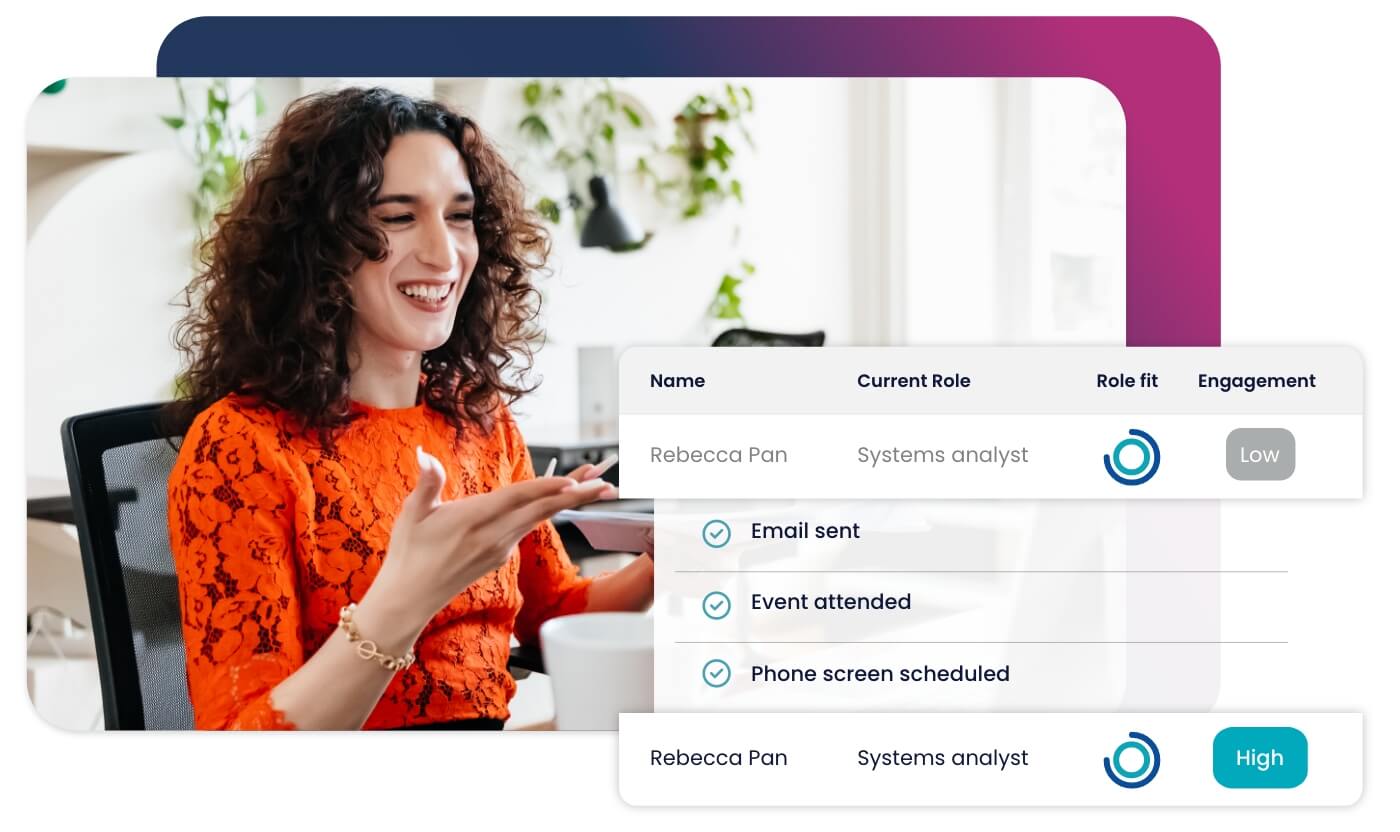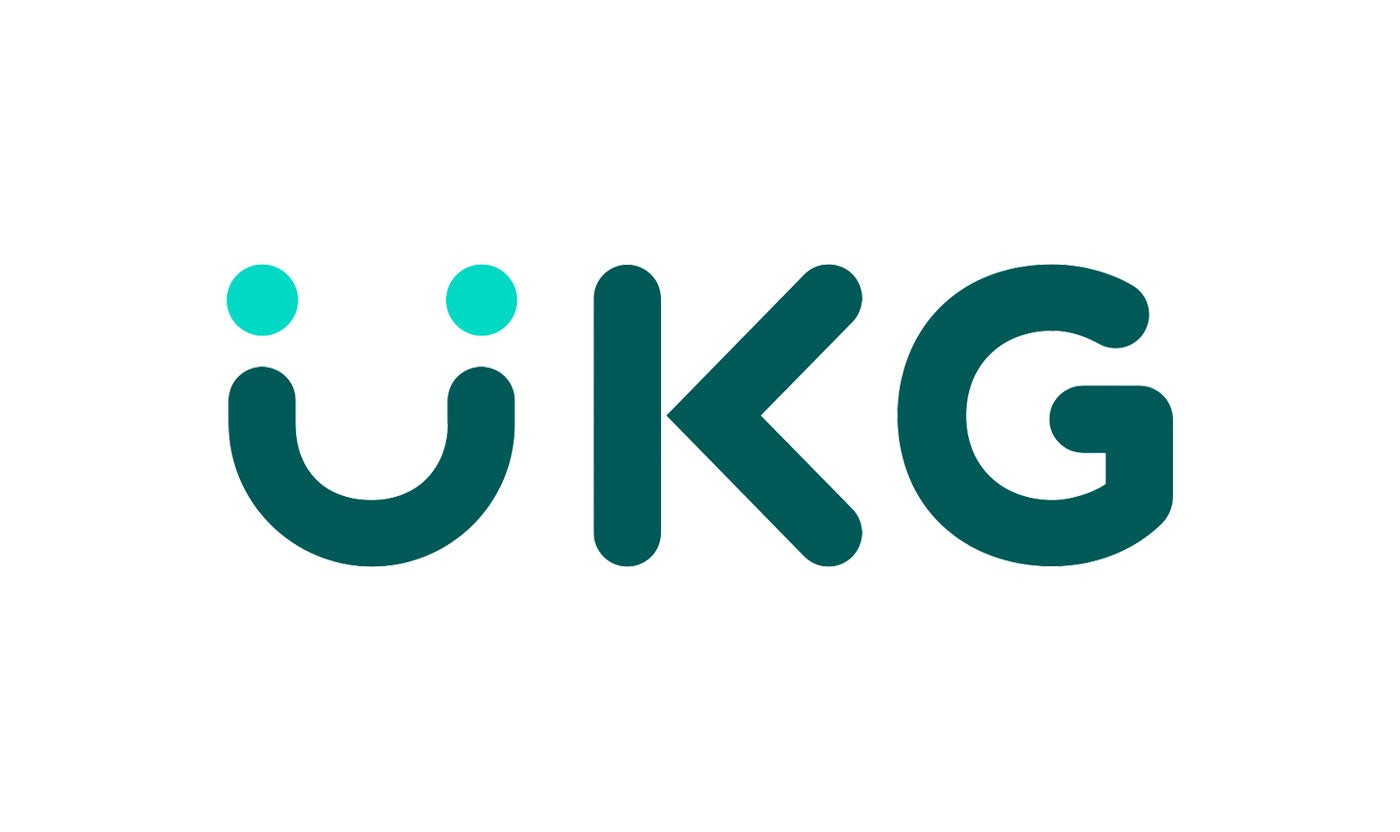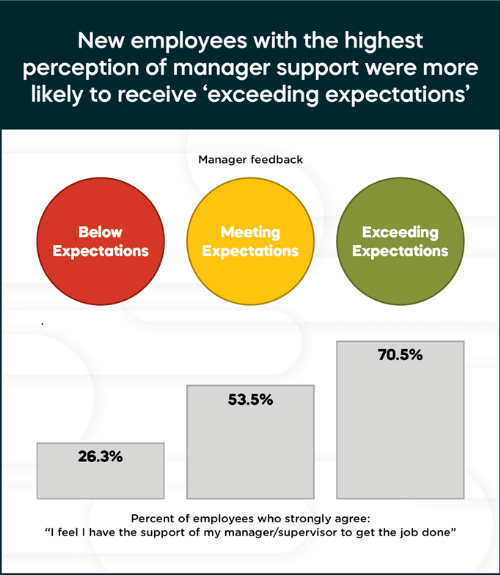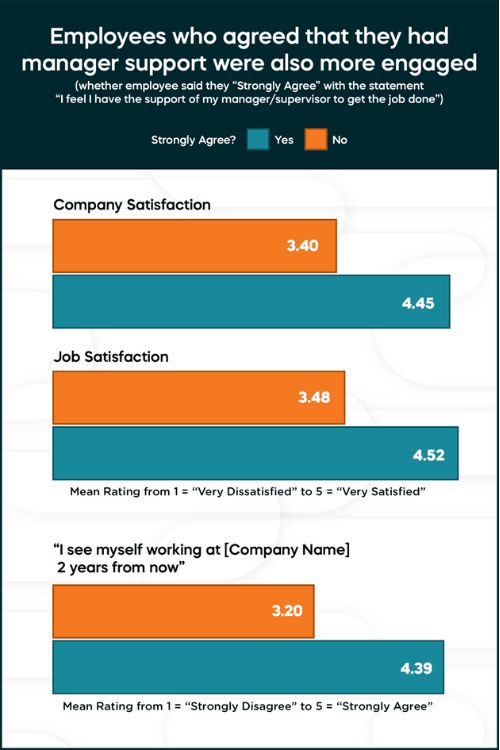





Accelerate hiring key talent to deliver care and exceed patient satisfaction.

Attract skilled candidates, speed up hiring and grow expertise in your workforce.

Simplify recruiting finance and banking talent with a platform for hard-to-fill roles.


Build a talent pipeline that engages and drives your business forward.


See how diverse and global enterprises use iCIMS to employ millions, drive innovation and connect communities worldwide.

Uncover unique market insights, explore best practices and gain access to talent experts across our library of content.


View press releases, media coverage, the latest hiring data and see what analysts are saying about iCIMS.


Streamline your tech stack and take advantage of a better user experience and stronger data governance with ADP and iCIMS.

The combined power of iCIMS and Infor helps organizations strategically align their business and talent objectives.

Our award-winning partnership with Microsoft is grounded in a shared desire to transform the workplace and the hiring team experience.

Our partnership with Ultimate Kronos Group (UKG) supports the entire talent lifecycle by bringing frictionless recruiting solutions to UKG Pro Onboarding.

“Quiet Quitting” is the new term for employees deliberately doing the least amount required at work (or perceived as doing the minimum), as opposed to those who are actively engaged and exceeding expectations. A recent survey conducted by ResumeBuilder estimates that those who are doing the “bare minimum” at work – meeting the criteria for “quiet-quitters” – now comprise 21% of the US workforce. But alarmingly, 80% of those surveyed indicated that they felt “burned out,” possibly contributing to the conditions for the quiet-quitting trend to grow.
The term ‘quiet quitting’ has become a trending topic on social media platforms from TikTok to LinkedIn, but according to some sources, quiet quitting is not a new phenomenon. Organizational psychologist Adam Grant suggests that “quiet quitting” is just a new buzzword for employee neglect: a predictable response when employees feel dissatisfied with their work but are unable to either quit or to effectively speak out for change. Neglect, Grant argues, most often occurs in response to the behavior of managers.
A lack of managerial guidance for employees could be the problem, as could a lack of trust in employees, many of whom are working remotely. As Karen Bannan writes in a SHRM article, “The more leaders micromanage, the more people are going to do things that can be categorized as quiet quitting.”
Data collected using SkillSurvey may lend some insight into the nature of this trend, as well as how to counter it among new hires. Employee responses were paired with their manager’s responses; specifically, the extent to which the manager felt that the employee’s work behavior did not meet, met, or exceeded their expectations. The sample consisted of 243 employees (individual contributors) who were on the job no longer than 120 days and were assessed by their managers between 90 and 120 days after their start date.
The percentage of employees whose work behavior met expectations was 53%. The work behavior of 39% was seen as exceeding expectations, while that of 8% was deemed as below expectations.
Among the 14 engagement drivers rated by employees on the survey, several positively correlated with how well their work behavior met their manager’s expectations. For example, whether employees felt their work made a meaningful contribution to the company, or whether they had flexibility in their work schedule. But the one engagement driver that correlated the strongest with manager ratings of their work behavior was how supported the employee felt by their manager.
The percentage of employees who said they “strongly agree” to the statement, “I feel I have the support of my manager/supervisor to get the job done,” varied dramatically with their manager’s assessment of their work behavior, as seen in the figure below.

Employee ratings of manager support were also positively associated with the employee’s satisfaction with their company, their job, and their intent to stay at the company for at least two years. While these associations do not necessarily imply that a lack of manager support causes poor work behavior (it’s possible that poorly-performing employees may elicit less manager support, for instance) or lower satisfaction overall, they are suggestive of a workplace issue ripe for intervention and improvement.

Whether quiet quitting is a new phenomenon or a rebranded symptom, organizations should maximize the number of employees who are fully engaged and excel in their work. Employee engagement is a broad but critical target for organizations hoping to lower employee neglect, increase performance and tenure, and maximize productivity.
Our data suggests an even finer bullseye: ensure employees feel supported by their managers. This might just lead to greater employee satisfaction at work, longer tenure on the job, and a renewed commitment to going above and beyond.
For more information on iCIMS SkillSurvey, click here.




